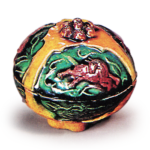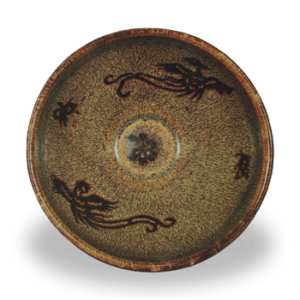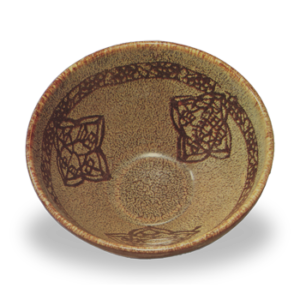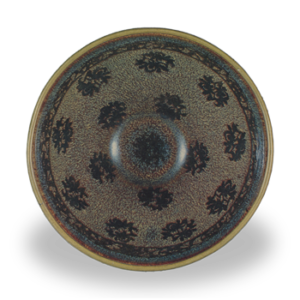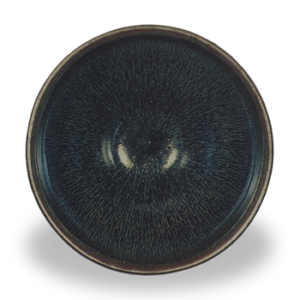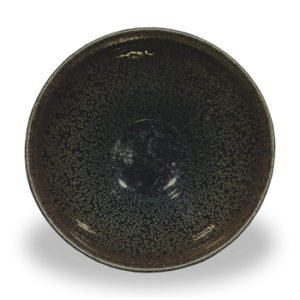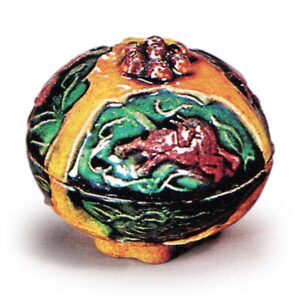
The term “koji-yaki” refers to a type of glazed pottery that is popular among tea masters in Japan, but these pieces were not made in Cochin China (Indochina), but were brought to Japan by trading ships that traveled to Koji. The original place of origin is unknown, but they are thought to have been made in Fujian or Canton, or perhaps even in southern China. During the Ming Dynasty in China, colored glazed ceramics called “Fa-hua” were produced in various regions. Fa-hua, which can be considered one of the three colors of the Ming dynasty, is a method in which a pattern is outlined in white clay and then dyed with yellow, purple, green, brown, blue, and other colored glazes. Hokka ceramics include large jars, bottles, and bowls, and can be considered full-scale ceramics.
Most of them are small vessels used to hold incense and medicines. They were probably first introduced to Japan as containers for incense and medicines, but were later used as incense containers for tea ceremonies because of their beautiful colors and interesting designs. These incense containers are called katamono incense containers because of their small size and irregular shapes, and because they are all made in katamono molds. There are two types of clay: grayish-white and sticky, and reddish and slightly rough, which may be due to differences in kiln sites. Since they did not arrive in Japan until after the Edo period (1603-1867), it is thought that they were made in the late Ming and early Qing periods. Tea masters in Edo classified them by design and color, and counted sixty-four types, such as oame (giant tortoise), taiyu (cow), and chrysanthemum crab.

